The impacts of bottom trawling catch up with us
Dear TBT Coalition supporter,
|
The label ‘bottom trawling’ encompasses a vast diversity of fishing practices operating across scales of industrialisation, from vast factory vessels ploughing seamounts in the Pacific to small ‘kiss’ trawlers scouring seagrass meadows in the Mediterranean.
|
There are specific issues associated with each variation of bottom trawling and while we need bespoke solutions to accommodate local nuances, all bottom trawlers are united by their intense and unique impact on marine biodiversity. Fishing gears that penetrate or are dragged along the seabed - like bottom trawls and dredges - can be conclusively linked to all three major biodiversity impacts of fishing: target species decline, bycatch and seabed damage. We are now learning that they can also have far-reaching impacts on carbon stored in marine sediments. These make bottom trawling a uniquely high-risk practice and distinguish it from other fishing methods.
|
In Aotearoa New Zealand, campaigners suspect decades of poorly managed bottom trawling is to blame for the spate of starving snapper being caught in the Hauraki Gulf. On the other side of the globe in Scotland, fishers risk being squeezed into ever smaller fishing areas as the government uses last-ditch efforts to protect fishing grounds that have been eroded by repeated bottom trawling and dredging. Meanwhile, in Tunisia, growing fleets of trawlers are dragging nets through the shallow Gulf of Gabès, threatening one of the Mediterranean's largest remaining seagrass meadows and undermining traditional fisheries that have supported communities for centuries.
|
Addressing the impacts of trawling across these contexts and beyond is an increasingly urgent priority as communities face the cumulative impacts of high-impact fishing, climate breakdown and the biodiversity crisis.
|
But there is cause for optimism, as brilliant organisations and individuals across the globe are coming together to find solutions. In the coalition’s recent learning webinar, we learnt about members' successful efforts to address bottom trawling and rebuild coastal fisheries in Honduras and Brazil and to document the extent of industrial fishing exclusion zones globally.
|
Thank you for your support and interest in tackling bottom trawling and restoring our oceans. We hope that this newsletter keeps you up to date on the coalition's work and members' news from around the world.
|
|
The Transform Bottom Trawling Coalition team.
|
|
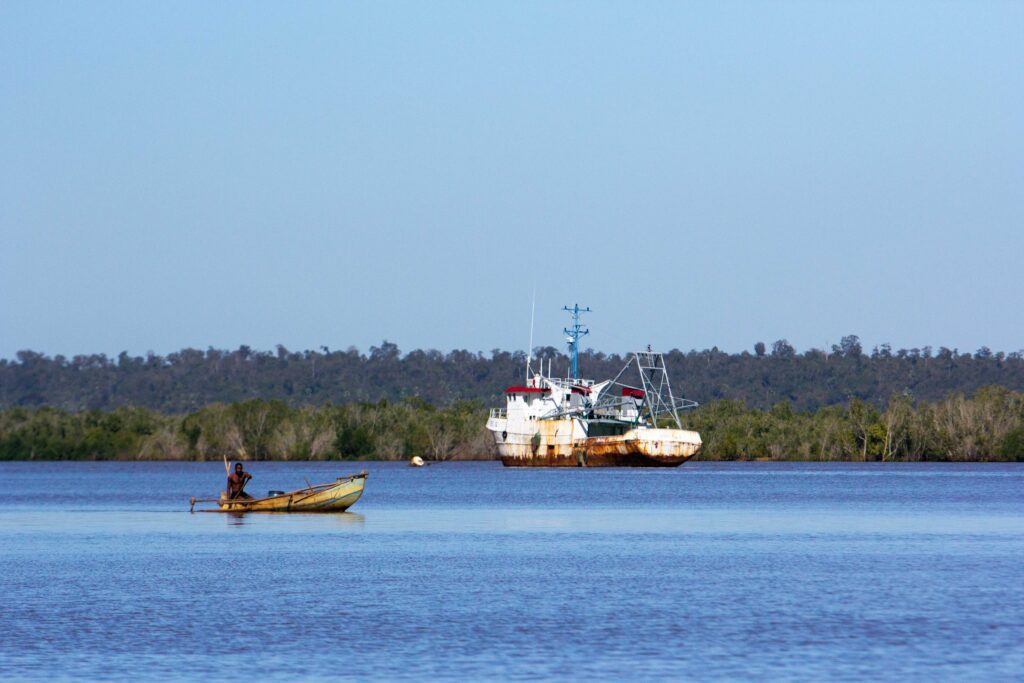
|
|
Shrimp trawling in Madagascar is contributing to the challenges faced by Vezo fishers and fishworkers. In 2021 the government introduced a trawl-free zone in an attempt to address the fishery's worst impacts. © Blue Ventures
|
|
|
Coalition Updates
|
Finding solutions to bottom trawling in Senegal
|
The workshop sought to strengthen the capacity of parliamentarians to leverage legislative and regulatory instruments to address bottom trawling and support small-scale fishers and fishworkers.
|
|
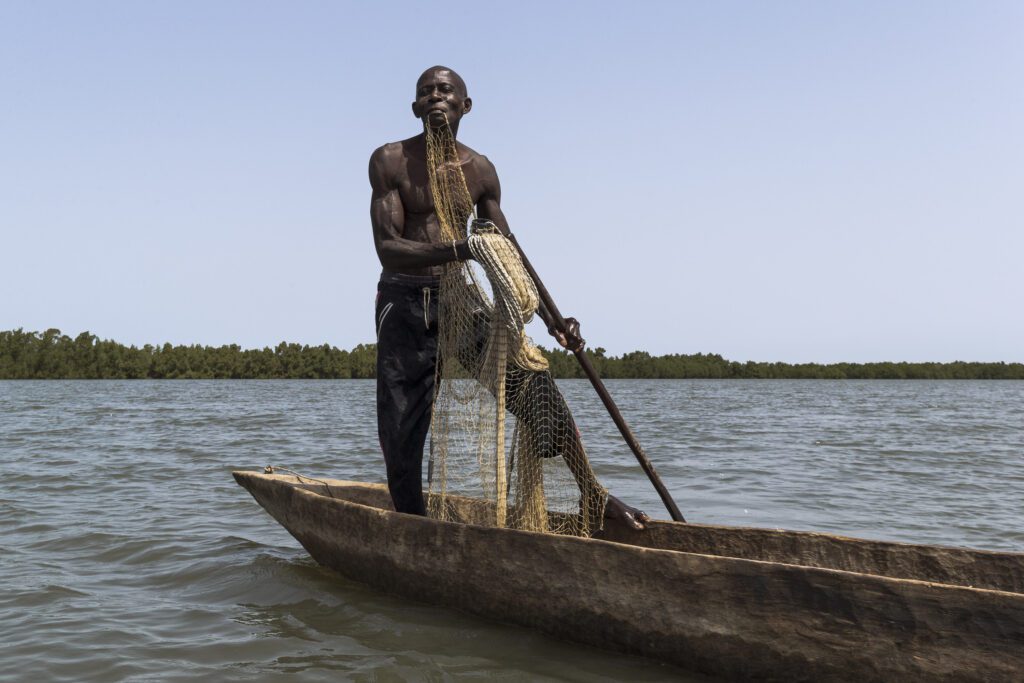
|
|
Small-scale fishers and fishworkers stand to lose the most if the Senealese government fails to regulate bottom trawlers. © Blue Ventures
|
|
|
Filling knowledge gaps in Kenya and Somalia
We convened a symposium at the 12th Western Indian Ocean Marine Science Association (WIOMSA) Symposium to share research and identify solutions to the impacts of bottom trawling on coastal communities and ecosystems in Somalia and Kenya.
|
|
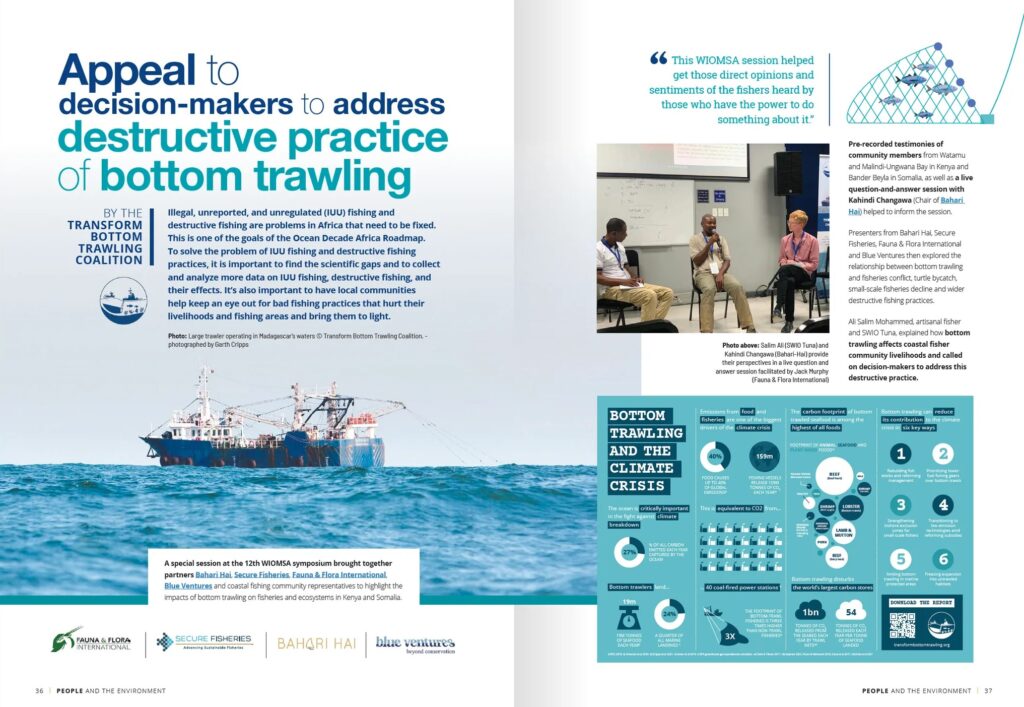
|
|
Read the full article here.
|
|
|
BBC documentary highlights the impacts of dredging
The BBC’s new landmark nature series, Wild Isles, follows David Attenborough as he explores the diverse natural habitats of Britain and Ireland.
|
In a powerful extra episode released online, Saving Our Wild Isles, Attenborough describes the damage that scallop dredging can inflict on seabed ecosystems.
|
|
You can download and share the clip here to help build support for efforts to tackle dredging in Scotland by using the hashtags #InshoreLimit and #BringBacktheFish as well as a link to Our Seas’ petition.
|
|
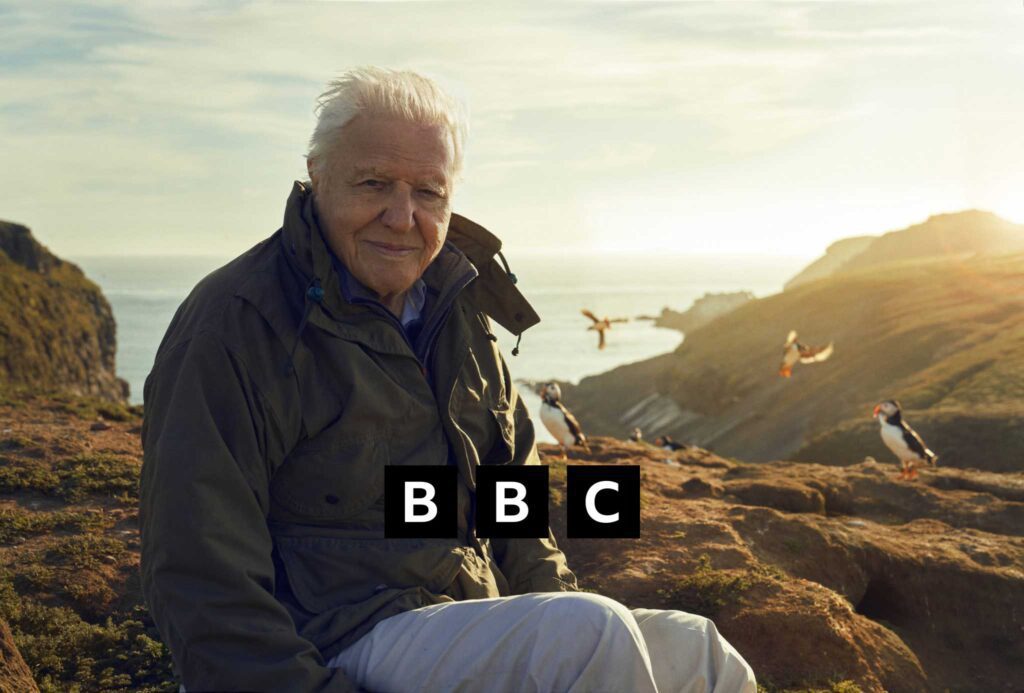
|
|
|
|
‘Ease the Squeeze’ to recover Scottish communities and seas
|
The Scottish Government’s commitment to protecting at least 10% of Scotland’s seas with Highly Protected Marine Areas (HPMAs), which would offer the strictest level of protection by only allowing non-damaging recreational activities, is leading to concerns of ‘spatial squeeze’ from some fishing groups.
|
In a new report - Ease the Squeeze - coalition member Open Seas presents solutions to balance the needs of fishing, conservation and other marine activities that compete for ocean space.
|
|

|
|
Read the full report here.
|
|
|
Kiss of death in Tunisia
Tunisia’s Gulf of Gabès is host to one of the largest remaining expanses of the seagrass species Posidonia oceanica, which provides globally and regionally important ecosystem services – sequestering carbon, enhancing water quality, protecting coastal areas from erosion and providing nursery grounds and habitat for marine species.
|
The area is also home to ‘charfia fishing’, a traditional, low-impact fishing method unique to the Kerkennah Islands that is recognised by UNESCO.
|
In just over a decade, kiss trawling - a form of shallow water otter trawling - has emerged as a major threat to local livelihoods and marine biodiversity in the Gulf of Gabès. Hundreds of kiss trawlers have been observed in ports in the area, with numbers increasing by over a third between 2018 and 2022.
|
The practice is said to be destroying sensitive seagrass meadows, driving fishery declines and threatening local livelihoods. Artisanal fishers claim that their traditional fishing methods are unable to compete with more lucrative kiss trawling practices, which also damage their fishing gear. Some have themselves turned to kiss trawling to make a living.
|
|
What’s more, there are indications that illegal catches from the kiss trawl fleet are mixed with legal catches and exported to the European Union, which contravenes regulations to address illegal fishing.
|
Learn more about this emerging crisis and steps that can be taken to avert it in the Environmental Justice Foundation’s latest report, policy brief and investigative video.
|
|
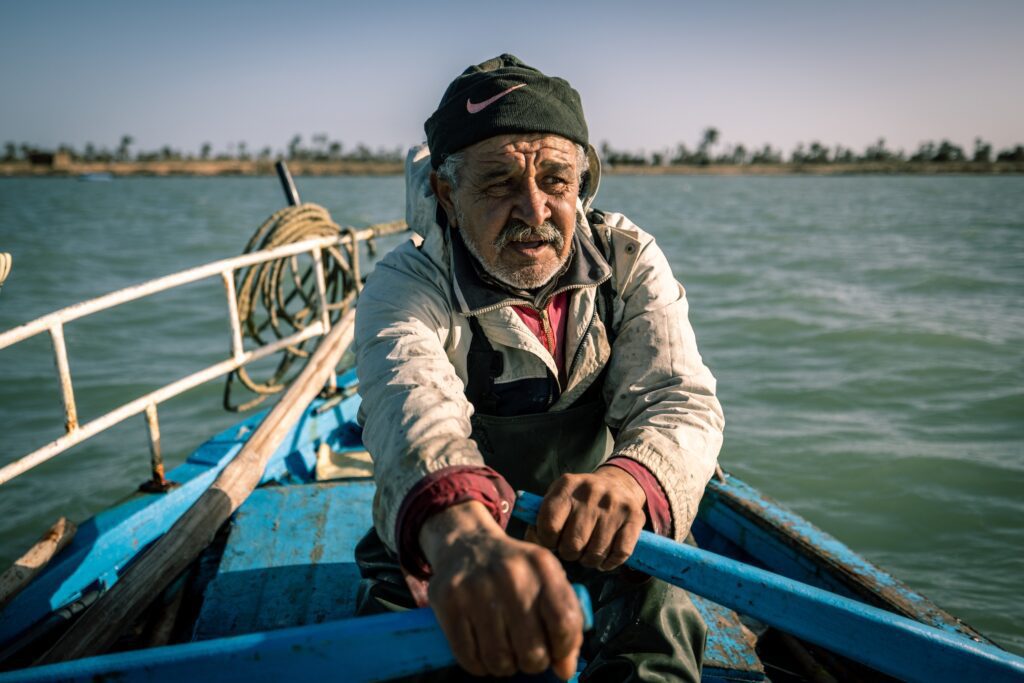
|
|
Fishers using traditional ‘charfia’ methods are struggling to stay afloat as kiss trawlers ravage their once-rich fishing grounds. © Environmental Justice Foundation
|
|
|
The impacts of bottom trawling bite in the Hauraki Gulf
The Hauraki Gulf is a heavily fished and dredged area of Aotearoa New Zealand’s North Island that has been the subject of multiple conservation campaigns, with local and international NGOs calling for a ban on bottom trawling in the area.
|
While bottom trawlers are contributing to this problem by destroying habitats where snapper feed, industrial fishing companies are pushing back against this narrative, blaming nutrient runoff. The New Zealand Government is choosing to commission further studies on the emerging problem instead of addressing the likely cause of bottom trawling directly. The Hauraki Gulf illustrates how industry capture of regulation can affect Aotearoa's marine environment.
|
|

|
|
Bottom trawling by both inshore and offshore vessels is damaging Aotearoa New Zealand's unique marine wildlife, particularly in the Hauraki Gulf Marine Park and on sensitive offshore seamounts. © Film the Trawlers
|
|
|
Coalition webinar explores bottom trawling exclusion zones
In March the coalition hosted a Campaign Learning Webinar to explore members’ efforts to establish inshore large exclusion zones (IEZs) for bottom trawling in Honduras and Brazil and learn about a research project to document the extent of IEZs globally. You can watch the presentations here.
|
The webinar kicked off with presentations from Rare Honduras' Diana Vasquez and a Garifuna community leader, Martha Norales, who shared the outcome of a multi-year campaign to establish a 145,000-hectare exclusive access area for small-scale fishers which bans bottom trawling in two Honduran coastal states.
|
They were followed by Martin Dias from Oceana Brazil and Alexandre Carinha Novo, President of Rio Grande do Sul´s Fisheries Organizer Union, who have collaboratively campaigned for a 12-nautical mile exclusion zone in Brazil’s southernmost state. The webinar ended with a presentation presentation by John Virdin, Director of the Duke University Ocean Policy Program, who presented a joint project to document the global extent of inshore exclusion zones that limit industrial fishing.
|
|
Look out for announcements about the coalition’s next webinar in our newsletter and on our Twitter page.
|
|
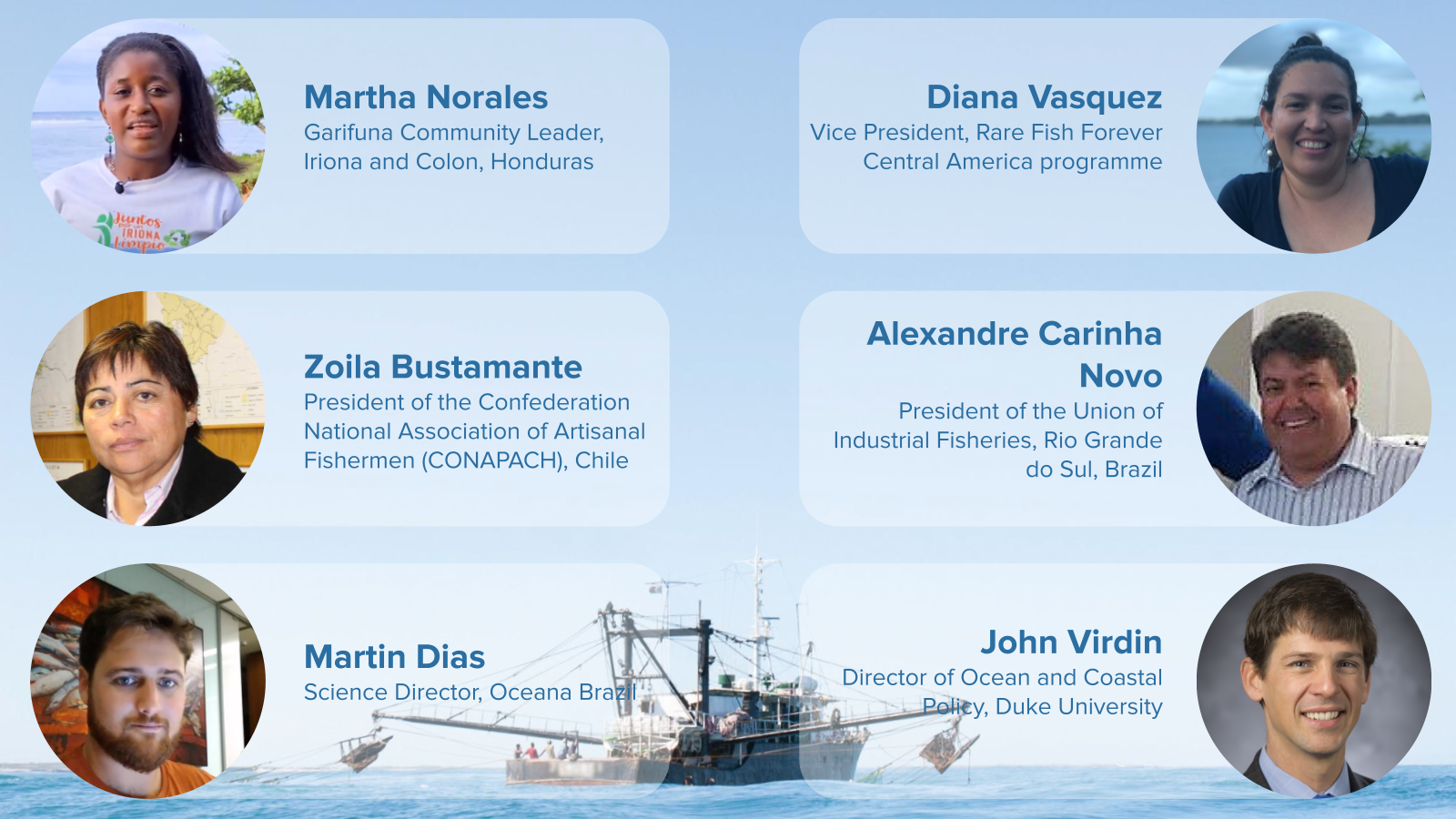
|
|
Watch the webinar presentations here.
|
|
|
Bottom Trawling News
|
Africa
|
As part of its efforts to preserve the fish resources, the Ministry of Agriculture, Fisheries and Water Resources (MAFWR) has announced that it has suspended issuing licences for coastal fishing vessels using bottom trawling, on Monday.
|
|
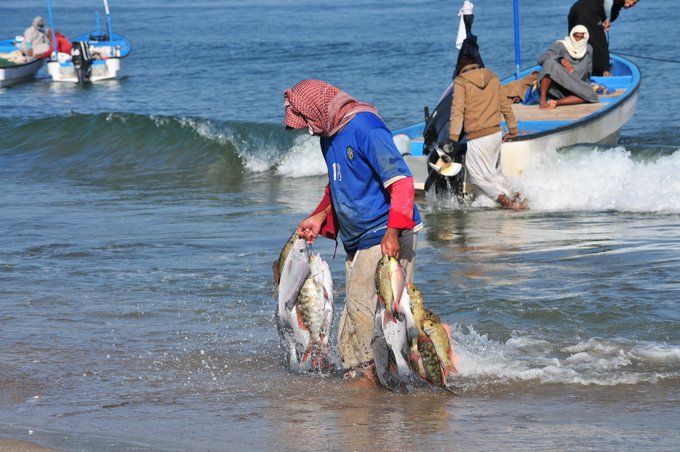
|
|
|
|
Asia and Asia-Pacific
Bull trawling threatens mackerel shoals as they move inshore to spawn.
|
|
Newsroom, Aotearoa New Zealand
|
By the time a fisher hauls in the first trawl of the day, it's likely to have created a plume of sediment as big as the Goat Island Marine Reserve, suffocating sea life and releasing CO2. Why aren't companies being held to account?
|
The South Pacific Regional Fisheries Management Organisation (SPRFMO) fails to ban bottom trawling on seamounts.
|
|
Bottom trawling threatens Sri Lanka's unique seagrass meadows.
|
|
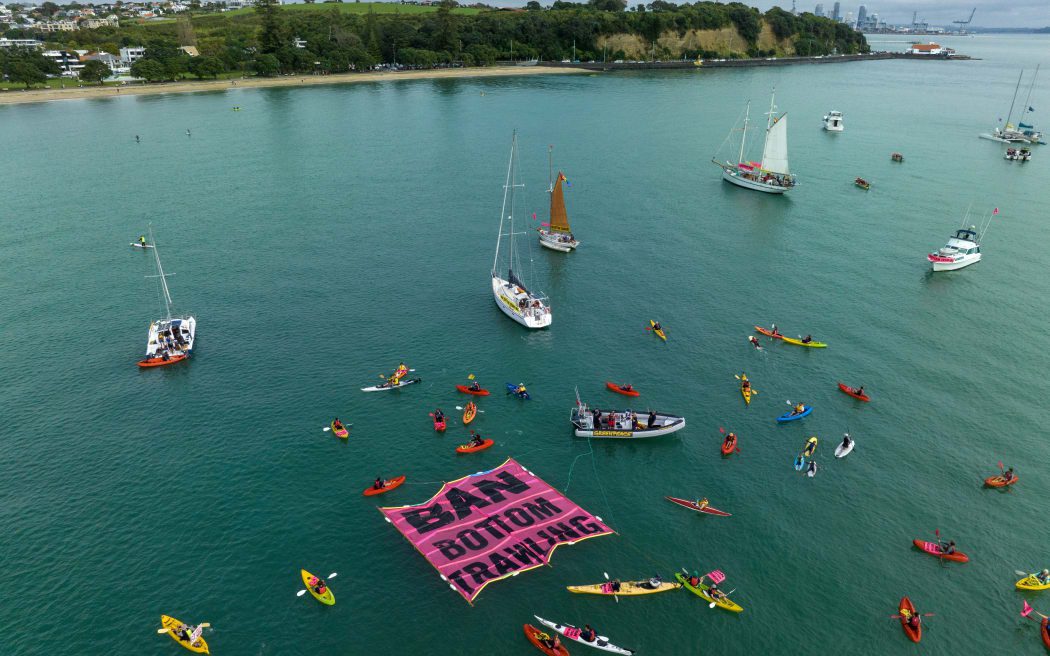
|
|
Hundreds of protestors gathered in the Hauraki Gulf to demand an end to bottom trawling in the Marine Park © Greenpeace
|
|
|
Americas
Trawler Bycatch Tracker, Alaska
|
|
Oil and gas activities, bottom trawling and mining will be prohibited in all MPAs since the government committed to establishing minimum protection standards in 2019
|
|
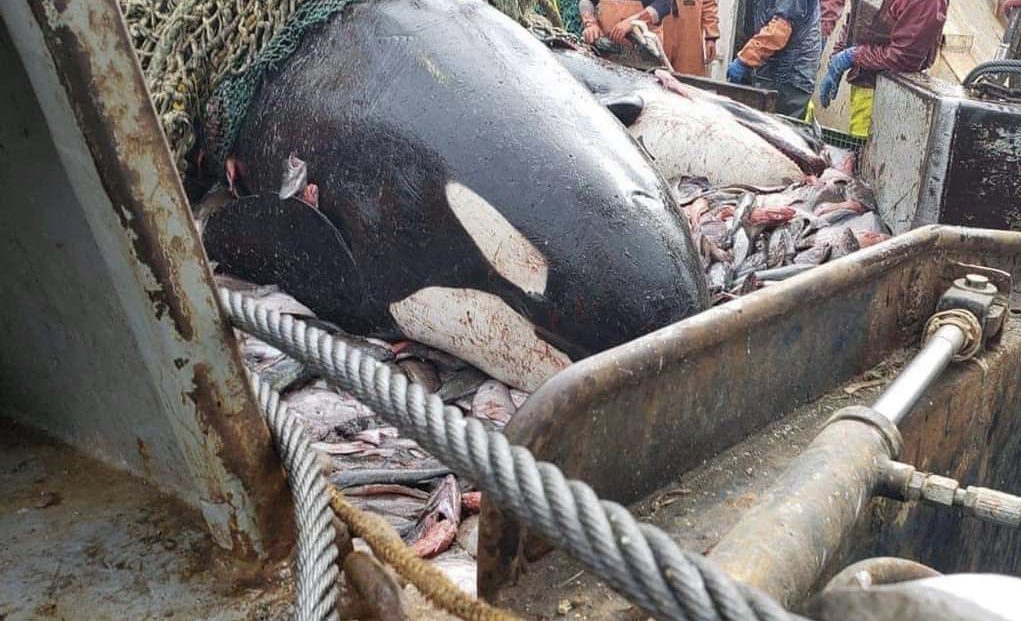
|
|
Alaskan groundfish fisheries are responsible for high rates of bycatch, including commercially important salmon and snow crab and occasionally orca. Learn more about the issues associated with bottom trawling in Alaska here.
|
|
|
Europe
Icelandic Minister of Food Svandís Svavarsdóttir has confirmed a regulation on protection measures for vulnerable marine areas and bottom ecosystems.
|
|
BirdLife International, Europe
|
The European Commission’s Action Plan that seeks a timid and slow phase-out of bottom trawling inside Marine “Protected” Areas (MPAs) is crucial for the restoration of biodiversity, protection of carbon stocks and regeneration of fish populations - and hence the future of fishing itself.
|
|
Bella Caledonia, Scotland
|
The ins and outs of Highly Protected Marine Areas (HPMAs) in Scotland.
|
|
23 years ago, the waters of Loch Torridon and the northern Inner Sound became one of the few places around Scotland’s coast to ban bottom-trawling and scallop dredging. Since then, small-scale creel fishing has thrived, supplying both local eateries and markets abroad.
|
|
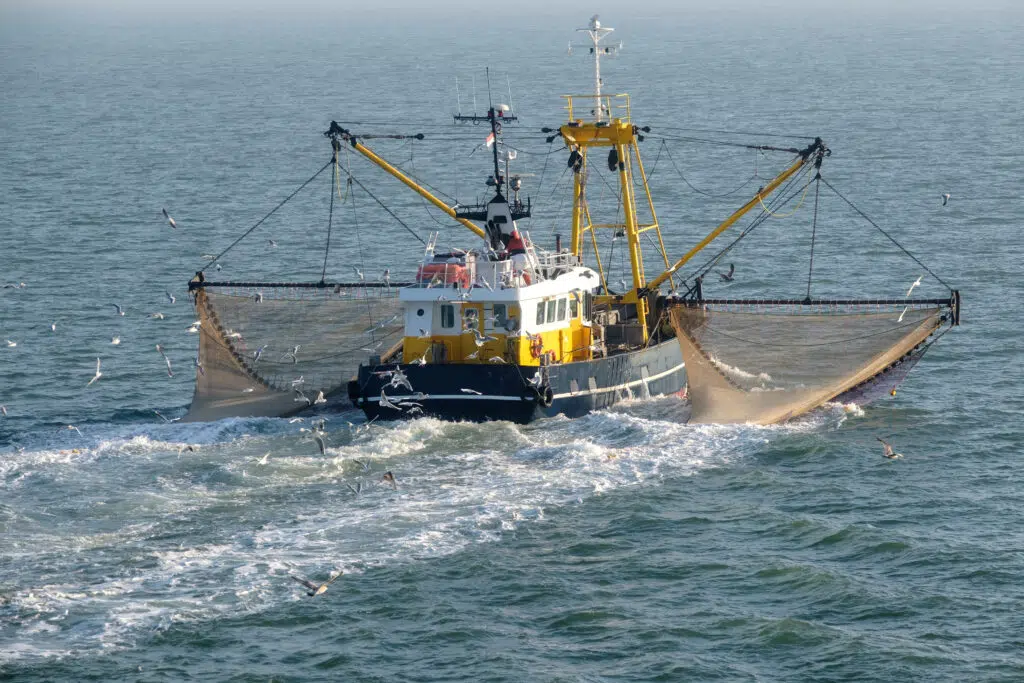
|
|
|
|
|
WE WANT TO HEAR FROM YOU
|
Send us bottom trawling news or events that you’d like us to amplify via social media or this newsletter!
|
Copy and paste this social media post to help us spread the word to new audiences:
|
|
Want to keep up to date on our journey to transform bottom trawling? Sign up for the TBT Coalition newsletter to hear from the global coalition working to tackle bottom trawling and restore our oceans. https://transformbottomtrawling.org
|
|